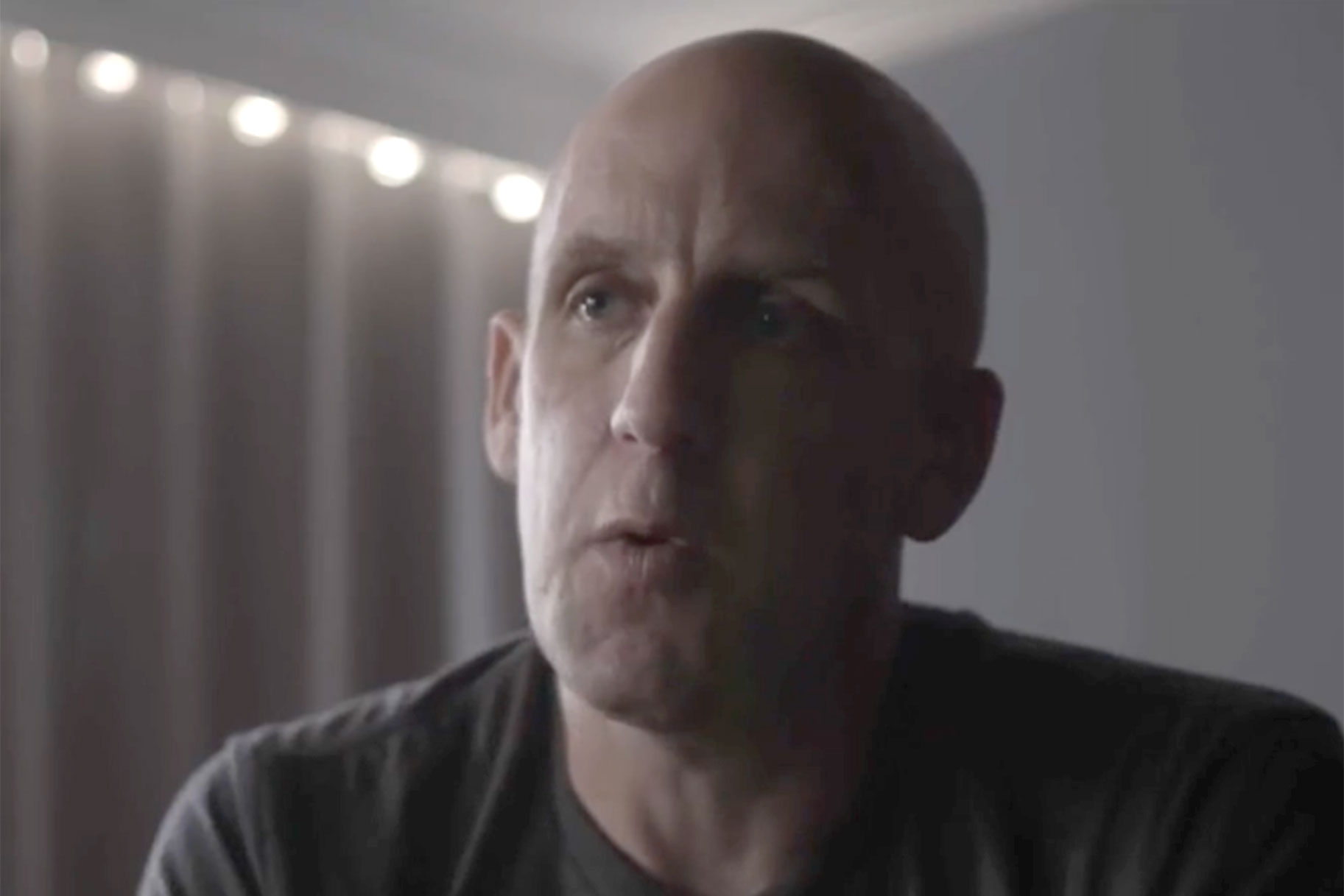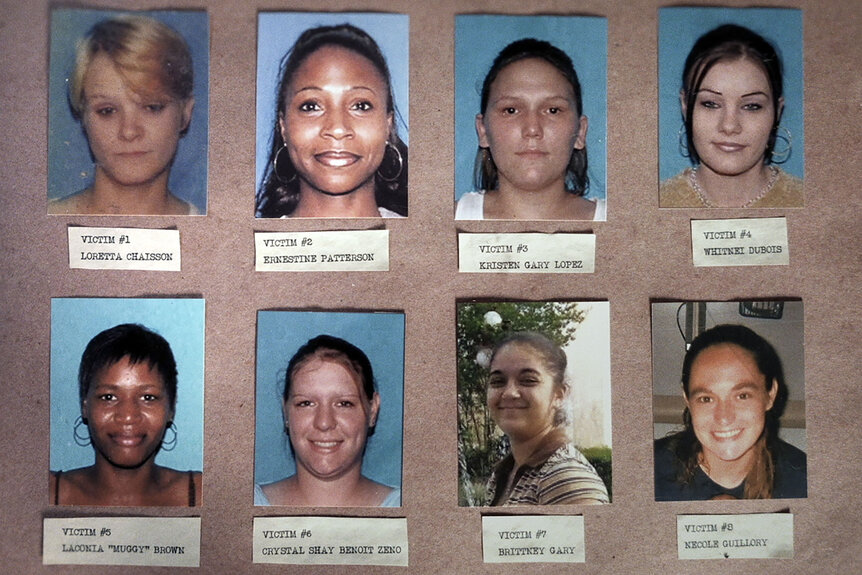Create a free profile to get unlimited access to exclusive videos, breaking news, sweepstakes, and more!
Why One True Crime Writer Was Afraid For His Life While Working On ‘Murder In The Bayou’
After seeing a billboard depicting the faces of eight murdered woman, investigative reporter Ethan Brown began digging into the case and caught the attention of local law enforcement in a way that "terrified" him.

After repeatedly driving past a haunting billboard with the faces of eight women murdered in Jefferson Davis Parish, Ethan Brown felt compelled to tell the women’s stories.
But as he dug deeper into a world of poverty, drugs and prostitution and discovered a case where witnesses later showed up dead, evidence was never properly investigated and theories seemed to suggest possible law enforcement corruption—Brown began to fear for his own life in the rural Louisiana community.
The eight murders—often referred to as the “Jeff Davis 8” or “Jennings 8”—took place within a four-year period from 2005 to 2009 in or near Jefferson Davis Parish amidst the backdrop of the Louisiana bayou. The bodies were discovered floating in drainage canals or abandoned on desolate back roads, leaving little trace of who the women had once been.
The murders would become the basis for Brown’s book “Murder in the Bayou: Who Killed The Women Known as the Jeff Davis 8?” and later the inspiration behind Showtime’s true-crime docu-series “Murder in the Bayou” premiering tonight.
But, pursuing the case didn’t come without a level of danger for Brown himself, who spent countless hours fostering relationships with people in the town of Jennings to discover the secrets the town had once held.
Brown initially published an in-depth article for Medium in 2014 but as the attention around the case grew, Brown told Oxygen.com he caught the attention of local law enforcement authorities.
Jefferson Davis Parish Sheriff Ivy Woods—who still holds the position today—even posted a blog to the department’s website about Brown.
“We are doing everything possible to solve these cases,” Woods said in the post. “It is unfortunate out-of-town journalists are taking information and twisting it to support a fictional conspiracy theory to gain followers and sell a story.”
Woods went on the say that the “investigative reporter from New Orleans” drudged up investigations and incidents that occurred as long as 30 years ago “insinuating corruption” in the sheriff’s office.
“Well, I don’t dispute the Sheriff’s Office has had problems, but the past is the past,” he wrote.
At the time the message was posted, Woods said the sheriff’s office and a multi-agency investigative team were continuing the investigate the string of unsolved murders.
“When you elected me as your sheriff in 2011, I promised to bring professionalism to the department, which included having integrity that is beyond reproach, and gaining the respect and trust of our citizens,” he said. “We have worked hard at this and will continue to do so. Having said that, I would like to say I resent out-of-town journalists trying to paint our parish with a broad brush that insinuates we are corrupt.”
The tone of the message, according to Brown, felt like a “most wanted poster” and was enough to put the investigative reporter on edge.
“I found it terrifying, especially given the history and character of law enforcement in this area,” he said. “I actually felt like I was being targeted by cops or sheriff’s deputies to be killed or harassed or assaulted or whatever and I found it terrifying.”
Brown and his literary agent—who he later showed the message to—both believed the tenor of the message was “very much in the style of like Bull Connor in the early ‘60s” and seemed to send the message that “you outside agitators, stay out of town,” said.
He admits that after reading the message, initially he did stay out of town—at least for a while. He’d eventually spend several years investigating the murders and the socioeconomic factors that divided the town.
“I think there’s way too little attention on the forces that both make us who we are and that keep us who we are, you know, particularly in an America that has so little social mobility anymore,” he said of his discoveries.
In the five-part docu-series, Brown, who serves as executive producer, producer Josh Levine and director Matthew Galkin strive let those in the small town of Jennings tell the story of the murders themselves in a series of heartbreaking and raw interviews that depict how the losses altered the lives of so many.
“It is not hyperbolic to say that I never in my 20-some odd years in making documentaries experienced something like this, which is an entire community of people who were so open and so forth coming and so emotionally raw and also such incredible story tellers especially about their own story,” Galkin told Oxygen.com.
The documentary also includes interviews from officers in the Jefferson Davis Parish Sheriff’s Office.
“I felt it was incredibly important if we’re making a documentary to you know offer the sheriff’s department and the Jennings PD their opportunity to at least own their part of the story,” Galkin said.
Galkin believes he and Investigators Commander Ramby Cormier—who appears in the series—had a “very good working relationship” during the filming.
“He has a job to do and I have a job to do,” Galkin said. “It was, you know, a kind of slow burning process, but they’ve been very cooperative and you know, I think it helps that 99 percent of what we’re talking about in this series deals with the former administration of the sheriff’s office.”
The series premieres tonight on Showtime at 9 p.m. ET/PT.














